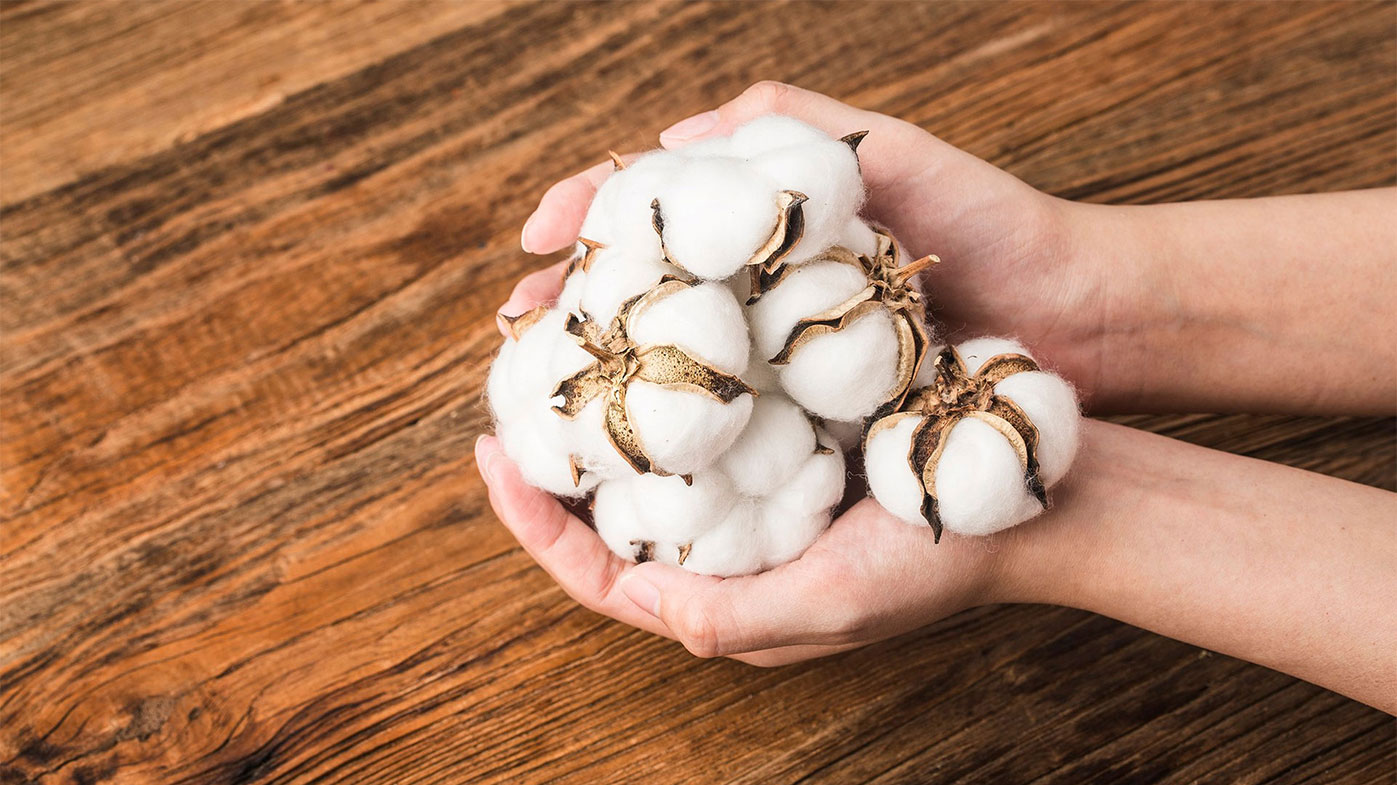
July 12, 2024
These are the fun days in the cotton market. USDA released an extremely bearish world supply demand report for July. Thus, to ensure market participants kept focused, prices moved higher. Bearish fundamentals and higher prices were evidence that traders had completely faded the report. That is, the report was expected, and the changes had already been factored into prices.
The market’s belief that the changes were coming had previously driven prices below the 71-cent level. The higher trading level after the report suggests the market does not want to go any lower than the 68-70 cent level.
Cotton is plenty cheap, according to the market. The bears will continue trying to push prices lower. The bulls – and they are scarce and far between – will keep their hat in the ring based on the psychological thought that a bullish response to a bearish report tends to bring in speculative funds to the long side of the market. Nevertheless, July and August trading will likely range from the 68/69 cent level for the lows to the 74/75 cent level for the highs.
While the U.S. cotton forecast was very bearish, world carryover was lowered, and that supports the idea that 70 cents, basis the December ICE futures contact, will provide strong price support. However, it is early in the northern hemisphere’s growing season, thus prices can still have considerable variability.
Nevertheless, as commented last week, growers should structure their marketing plans based on the idea that they will have to delay pricing the 2024 crop until the winter or spring of 2025. The potential to move back to 75 cents exists, and the vagaries of Nature can easily move prices back to challenge 80 cents.
World supplies do remain very tight. The surplus of world supplies simply exists in the U.S. Unfortunately, the potential for higher prices rests with world production. Prices will move only to the 77/78 cent level in the absence of world production problems outside the U.S. While an excess of cotton is forecast in the U.S., countries that will likely need U.S. cotton are also forecast to have excellent crops. That is, unless there is an increase in U.S. exports, prices will find it difficult to move above 75 cents for any period.
It is striking to note the void of demand news in the cotton industry. The Australian and Brazilian crops will be the first to move in the export market, and the U.S. will have to wait until much of that cotton is sold before its crop moves. Some pundits predict that the three months from September to November will see large shipments of U.S. cotton and that such movement will generate higher New York prices.
Please let me be wrong, but unfortunately, I do not see any reason to expect that three-month period will see any change in the current poor level of exports. Even if it does, there is little reason to think it will be beneficial to ICE prices. Brazil will have a lock on those shipments.
Traders are beginning to discuss the extremely unusual U.S. political scene. The potential for that concern could creep into trading activity. Such is unknown. Yet, without question, uncertainty does slow economic activity and causes a dramatic decrease in spending.
Offsetting the overwhelmingly bearish forecast for the U.S., USDA reduced world ending stocks from the June report by 900,000 bales, lowering carryover from 83.5 to 82.6 million bales. However, the reduction was based on an 800,000 bale smaller crop in India and a 500,000 bale smaller crop in Pakistan, coupled with lower beginning stocks in major exporting countries. It is noteworthy that the smaller world stocks estimate was calculated by increasing world consumption by only 200,000 bales.
Again, this points to the significant fundamental I truly detest continuing to discuss – the fact that world cotton demand remains extremely weak. It is far past time to again highlight the continuing U.S. and world economic woes, regardless of how others suggest positive economic news. World cotton consumption is weak because the economy is weak. Consumers are simply not buying cotton rich goods.
Nevertheless, once a real economic recovery can find traction (and in no uncertain terms has it yet to find traction), the pent-up demand for cotton will be strong. It is paramount to remember that the Fed has repeatedly warned that its mission is two-pronged, (1) price stability and (2) full employment…and that it did not feel price stability could be accomplished until AND unless inflation fell to 2%. Inflation continues to far outpace the 2% level, coming in this year at over 3%, which suggests and tells us economic woes will continue.
As close as 3 is to 2 on the number scale, it is worlds apart in terms of measuring inflation. I say that gobbledygook to say that the probability of an 80-cent cotton trade is as much as 10 months away in the absence of production difficulties.
USDA estimates were as follows
:
Give a gift of cotton today.
